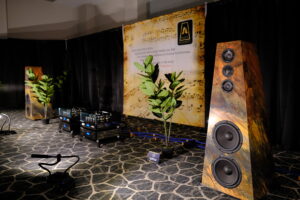
Just one year ago the High End’s digital scene could best be described as nebulous. Manufacturers weren’t sure where technology was going, what customers were looking for, or how to wrangle those mobile device-toting youngsters into the fold. This year’s CES was a completely different story. Technology has solidified, and there seems to be industry-wide agreement over the recipe for success. Specifically:
1) The ability to stream audio over a wired or wireless network, DSD support, a headphone amp, volume control, and built-in Tidal and/or Spotify are now “checklist” features; every new DAC, player and server has to have them. 2) MQA, which proved its sonic merits in multiple demos, is being adopted rapidly and will soon be ubiquitous. 3) Every piece of digital hardware will rely on an app-based user interface, and more and more companies are turning to the excellent version licensed by Roon rather than re-inventing the wheel. 4) The High End has embraced headphones as a legitimate way to listen to music, leading to a plethora of serious new headphone amps and even headphone cables to maximize their sound potential. 5) All these features are being wrapped into increasingly small and affordable packages, with the High End’s propensity for ultra-costly gear seemingly bypassing this new age of digital.
The industry’s coalescence around this rich set of features, along with innovative packaging that blurs the lines between high-end digital, personal audio, and “lifestyle” products—not to mention very attractive pricing—made my category a vibrant one that was a joy to explore. There were too many worthwhile new releases to fit here, so I apologize in advance to those I omitted. That said, here are the ones I felt were the most important.
Most Significant
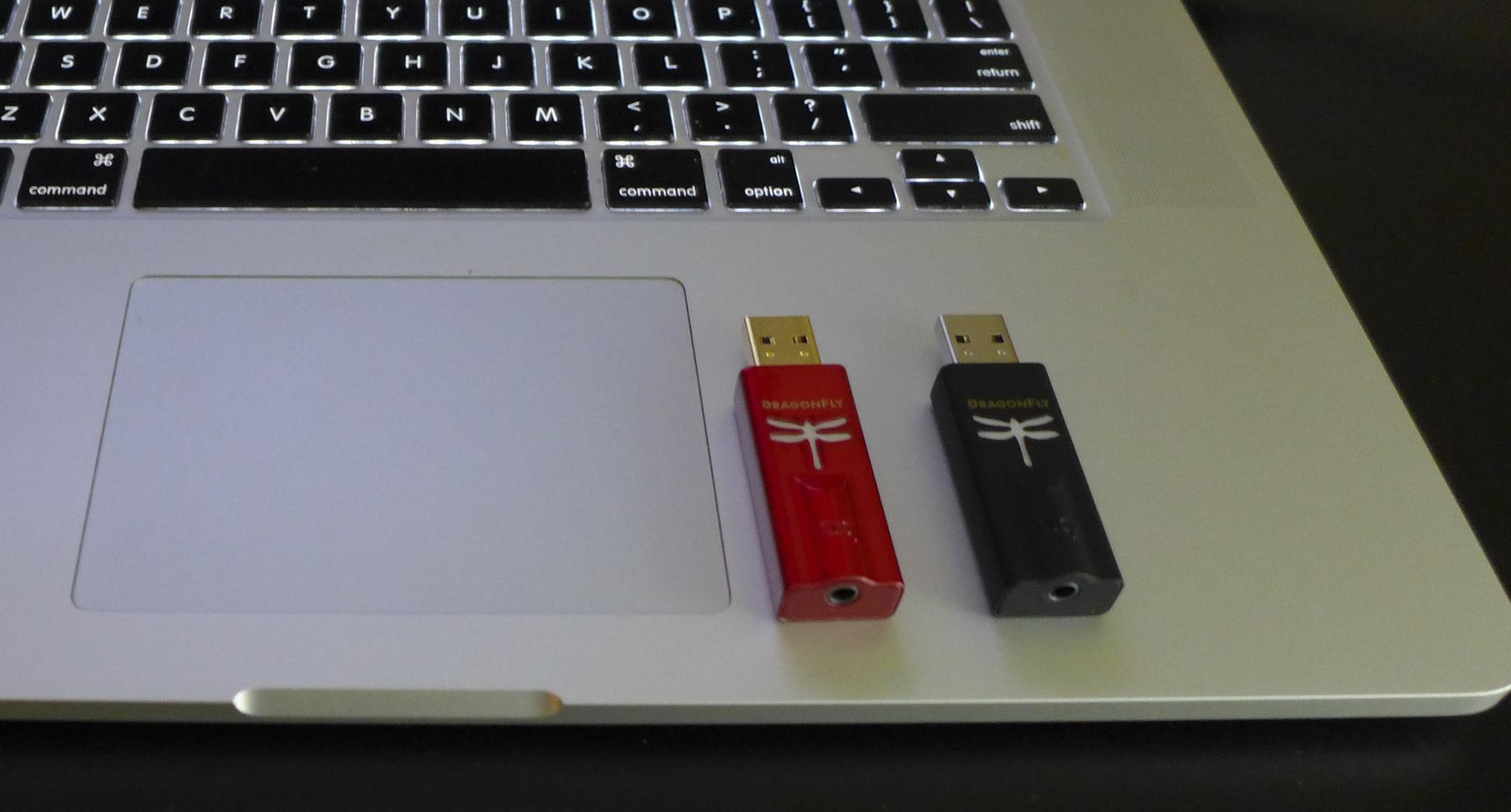
Audioquest is changing the world—again. First they revolutionized PC audio with the Dragonfly. At CES they introduced the heavily revised Dragonfly Black ($99, April) and Dragonfly Red ($199, April). These buggers are noteworthy for drawing 77% less power than previous Dragonflies. Why is that important? Because it means they can be attached to a smartphone. Get ready for a whole new generation of mobile listeners to experience better sound. As for PC users, even the entry-level Dragonfly Black sounds far better than its predecessor—at half the price.
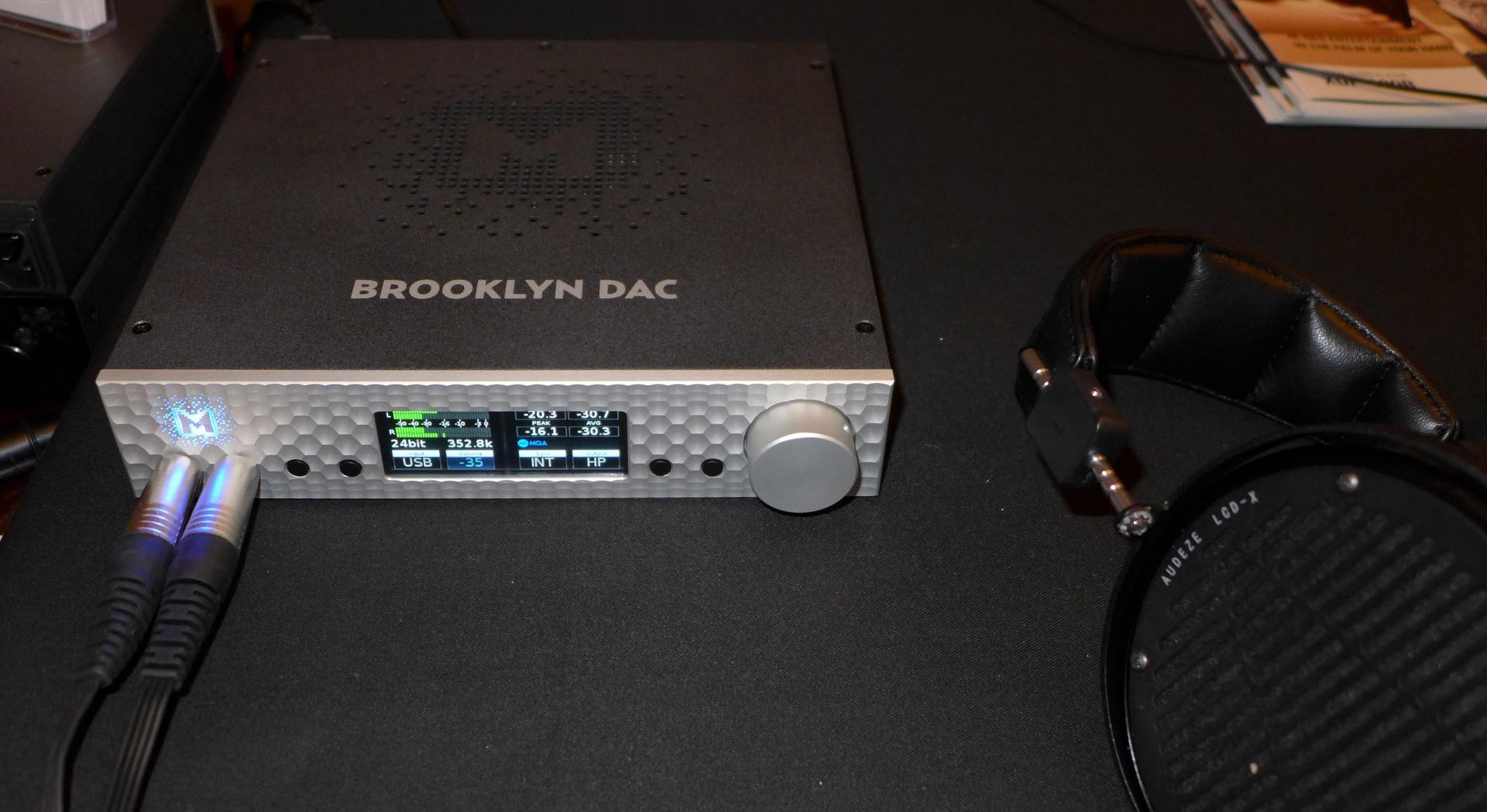
CES saw the official launch of Mytek’s Brooklyn DAC, which was shown as a prototype at RMAF. Brooklyn is significant for being the first DAC (not made by Meridian) to incorporate MQA. There’s even a Tidal client supporting the MQA codec, and it sounds amazing. Brooklyn won’t be alone in its MQA support for long; at least half a dozen other companies announced similar intentions. Yet Brooklyn is a peach of a DAC for many other reasons. It supports DSD, PCM, and—wait for it—vinyl! That’s right, there’s a built-in, pure analog phonostage. The DAC also sports a dual-mono headphone amp that drives both single-ended and balanced cans. For $1995, that’s hard to beat.

Speaking of headphones, it turns out that cables make as much difference for them as they do elsewhere in a system. Wireworld proved this to me beyond a doubt with its “Headphone Cable Polygraph Test.” That demo featured Wireworld’s recent Nano line of headphone cables, which range from $35 to $450. CES saw other brands jumping into the fray. The most notable new arrival was the Crystal Cable Next ($750). Sold through Astell&Kern, the mono-crystal, Teflon-shielded, silver-jacketed cable is marvelously light, flexible, strong, and even feels good against the skin. I’ll be checking it out soon.
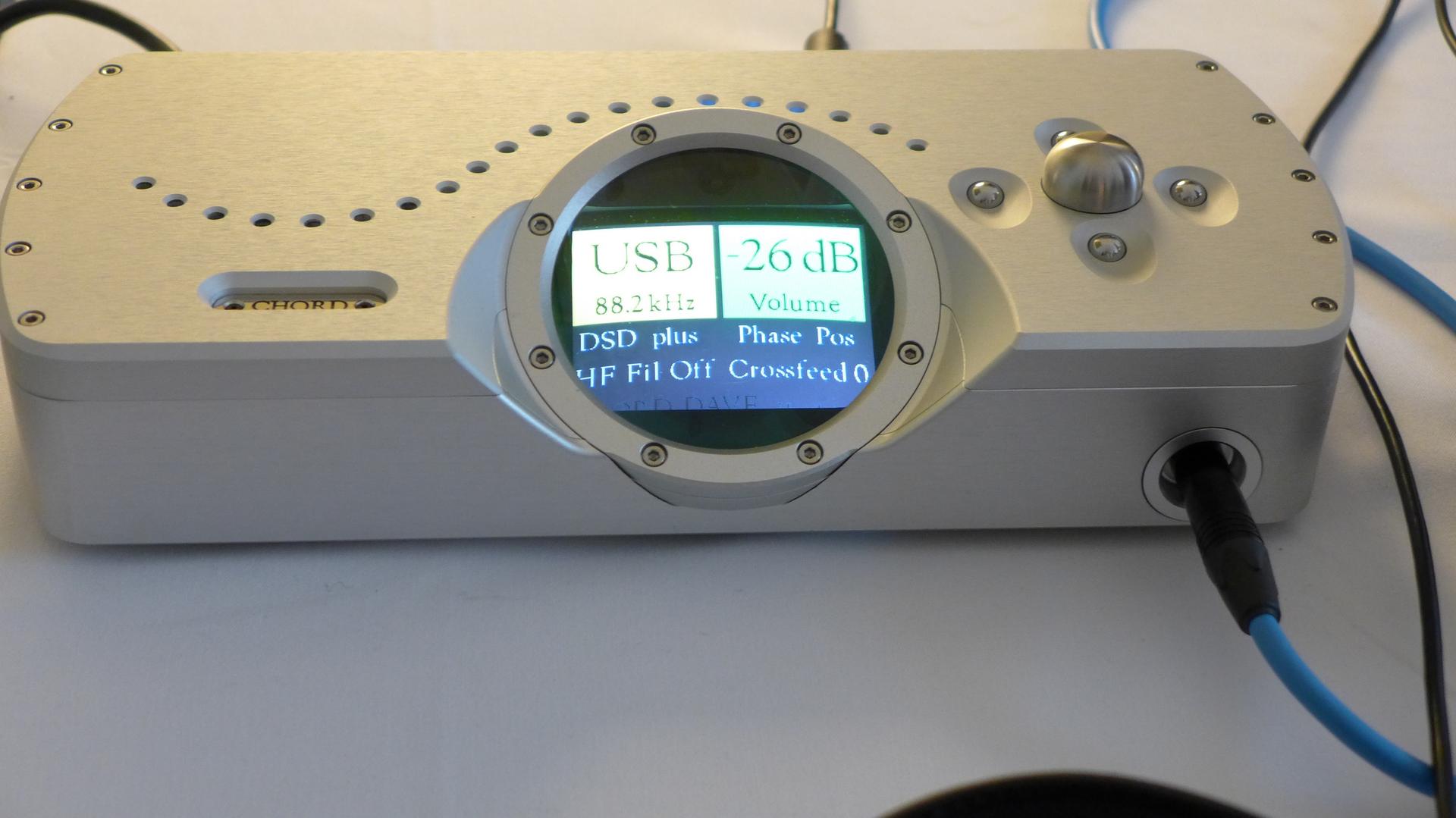
A couple of CESes ago Chord really struck a, uh, chord with its low-price, high-performance Hugo and Hugo TT DACs. Now comes the more upmarket Dave ($13,300), sporting a new generation of digital technology. Dave (“The Dave”?) has an FPGA ten times the size of Hugo’s, plus more advanced filtering. The DAC, which is absolutely stunning in person, can also directly drive power amps. In a direct comparison with the Hugo TT, using a set of excellent Audeze cans, Dave provided greater resolution, a lower noise floor, more solid bass, and handled complex music with greater ease. Frankly, it blew me away.
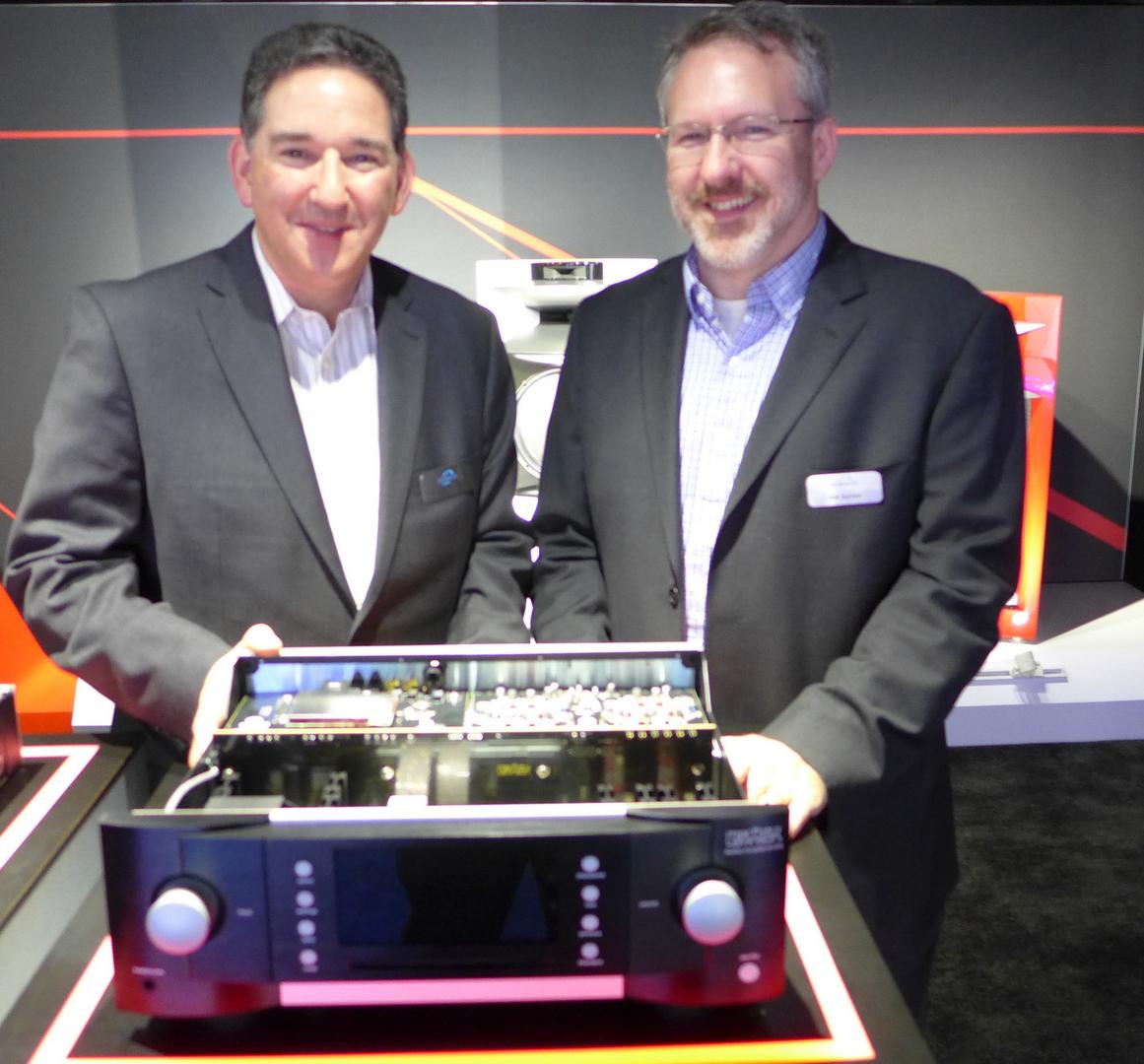
Over at the Hard Rock Hotel, Harman International was holding its own mini trade show, replete with cars and separate booths for its various divisions. One such booth held the fruition of Harman’s recent investment in its Luxury Audio Group. There, the esteemed Mark Levinson brand made good on its promise to fill out its new product line, launching both the No. 526 preamp ($15,000) and the No. 519 “source player” ($17,000, July). The latter includes a CD player as well as the now-standard streaming (both wired and wireless), Tidal, Spotify, and a Class A headphone amp. Externally, the No. 519 is beautifully turned out, with accommodations for six digital inputs. Internally, there’s an ESS Sabre Reference chip, and a proprietary DSP algorithm called Clarify said to improve the sonics of low-res material. I heard the two new products playing through a pair of No. 536 monoblocks and Revel Ultima Salon II’s. The sound was refined yet dynamic, and was among the best I heard at the show.
Audacious Debuts
The high-end digital, personal audio, and lifestyle categories are fast becoming one. A case in point: Cary Audio’s AiOS ($2500, March). AiOS, which stands for “All in One System” although it lacks speakers, is a “lifestyle” product from a high-end brand. The unit is quite the looker, and buyers can change the front-panel light color (from the remote, no less) as well as side-panel colors. On the audio side, there’s a built-in 60Wpc amp, DSD and PCM support with wired or wireless streaming, Bluetooth, Internet radio, and even analog inputs.
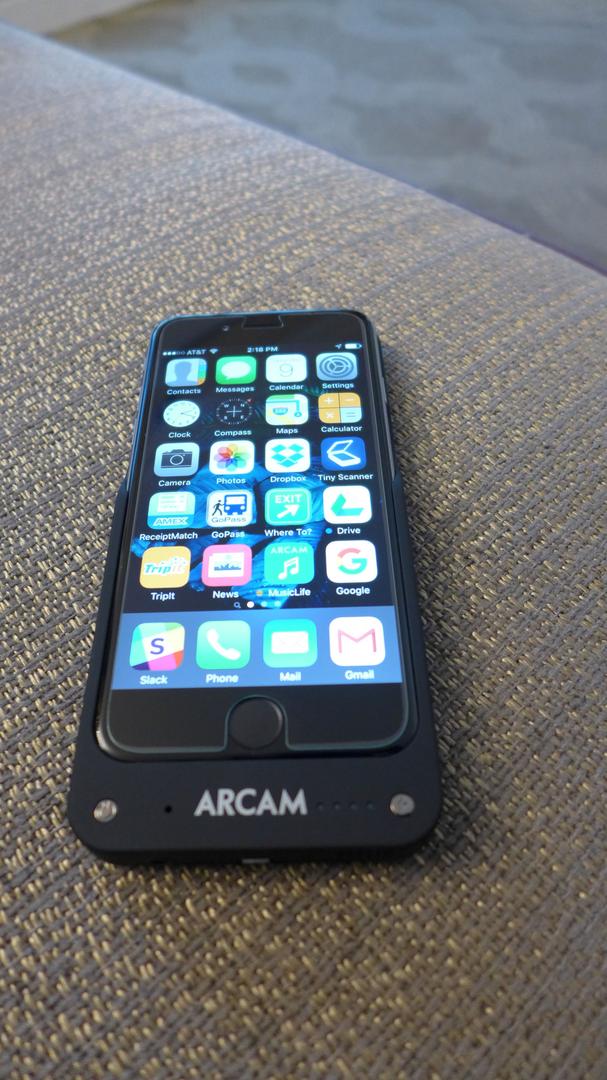
Like Audioquest’s Dragonfly Red and Black, Arcam’s new MusicBoost ($190, June) melds high-end sensibilities with true portability—and throws in cleverer packaging. The Music Boost looks for all the world like an elongated iPhone case. But within that form factor lies a DAC, a high-grade headphone amp, and a battery. The latter drives the Boost so it doesn’t drain the phone. I compared an iPhone 6 with and without the MusicBoost, and the difference wasn’t subtle.
The folks at Questyle have also been very busy merging high-end sonics with personal audio. Would you believe a headphone amp with ceramic circuit boards, hand-matched capacitors, and fully balanced monoblock amp circuitry? Believe it! Questyle calls it the Reference Series Gold Edition ($12,000), “a statement product for audiophile headphone users.” The company also introduced a new entry-level DAC/headphone amp, the 600i ($1299) that touts native DSD, single-ended and balanced headphone support, plus the company’s current-mode amp technology. Also unveiled was the EV01 portable speaker ($500, April), which utilizes a proprietary 5Ghz transmission protocol that supports 192/24 or DSD.
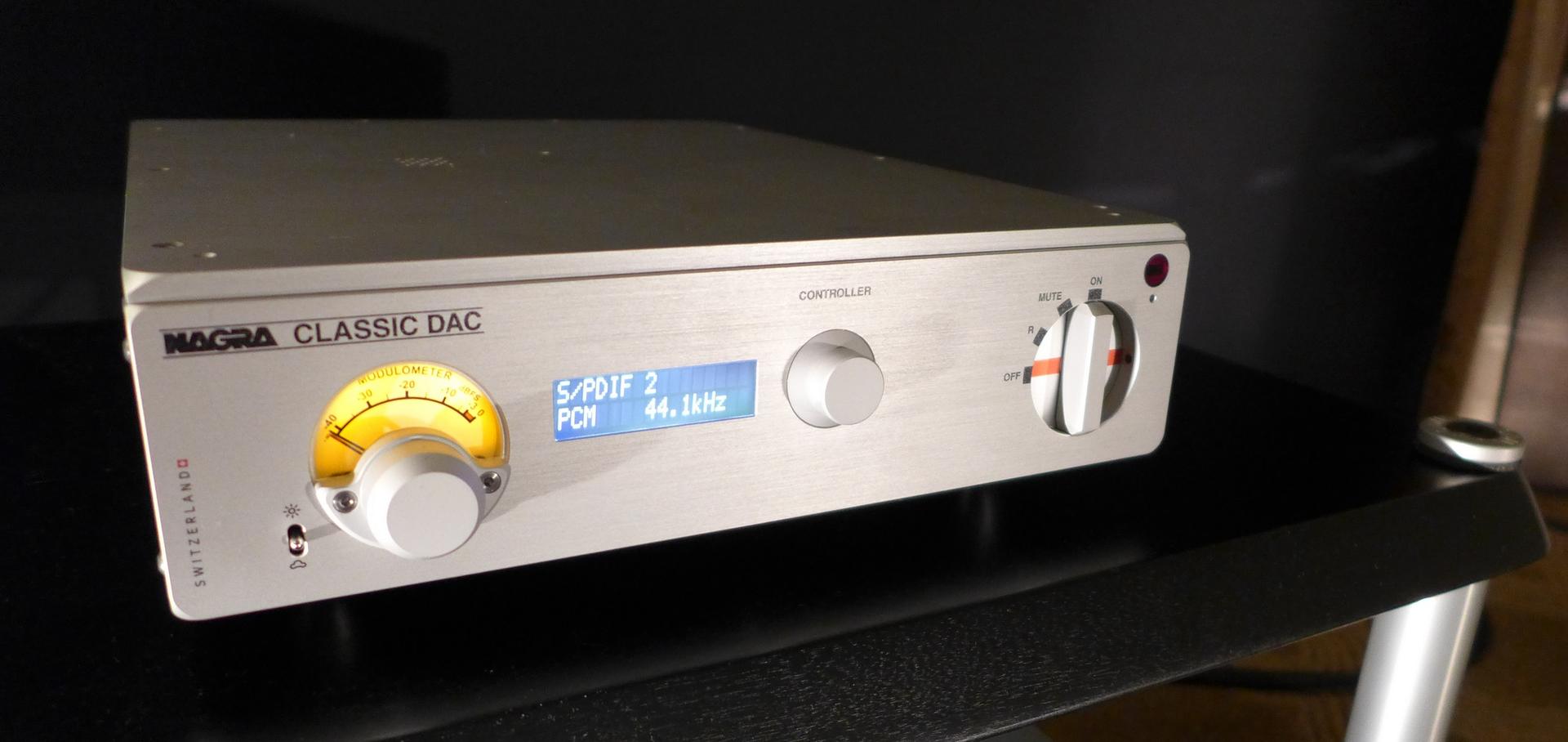
Venerable Swiss brand Nagra’s new owners have overturned the company’s design process, which now prioritizes listening over measurements. That re-orientation bore its first fruit at CES in the form of the Classic DAC, ($15,000, April). Though a little shy on features (no volume control or headphone out), this DAC looks smart and sounded lifelike and accessible in a system that also comprised the equally new Nagra Classic integrated amp and Wilson Sabrinas.
ZVox, one of the pioneers of the soundbar category released its newest and largest model, the SB500 ($599, March). This is no mid-fi soundbar. There are three full-range drivers, plus a pair of 4” woofers, all driven by a 140-watt Class D amp and encased in an extruded aluminum cabinet. ZVox says no sub is needed, and after listening to some pretty demanding tracks, I concur. Besides good bass, the SB500 sounded amazingly box-less, spacious, and resolved. Look for a full line of SB soundbars, plus an AccuVoice soundbar, ($199) specifically designed to improve TV dialog intelligibility, by summer.
Surprisingly few new hi-res portable music players were announced at CES, but an exception was Astell&Kern’s AK320 ($1799). The player takes its place mid-way in A&K’s extensive model range. Compared to the nearly twice as expensive flagship AK380, the new unit settles for 24-bit resolution (versus 32), DSD-to-PCM conversion rather than native DSD, and 128GB of onboard memory as opposed to 256GB. However, and more importantly in my mind, the two devices share the same AKM chips, and the less expensive model still supports A&K’s docks: CD ripper, external amp, and cradle for balanced connections to a main system.
Among all the new digital gear, I’d like to draw particular attention to AVM’s MP3.2 ($6500) player/streamer/DAC because it was one of the few new models I saw that supports CDs. I don’t know about you, but I still have hundreds of those things. The MP3.2 is fully featured in every other way, too. There are six digital inputs, Tidal support, and wired or wireless streaming. These are mated to dual Wolfson DACs and a proprietary streaming engine designed to improve sonics. MQA is promised. Icing on the cake: the MP3.2’s CD transport is a proprietary unit built by TEAC exclusively for AVM.
Finally, in a show bursting with all-in-one debuts (see “In Other News” below), a standout was the Technics Ottava SC-C500 ($2500, March). What makes the C500 special is not its full feature set (including CD), liberal borrowing of advanced technology from the company’s impressive Reference Series (review forthcoming), or even its beautifully elegant design. Rather, the C500 distinguishes itself with its sound. Aided by bi-amped two-way speakers, horn-loaded tweeters and 270-degree dispersion, the C500 sounded truly high-end, tackling Charles Mingus’ challenging Ah Um with ease and alacrity. This guy sets the sonic benchmark for all-in-ones.
In Other News
Among the many new DAC releases were T+A’s DAC8, which, despite its relatively modest $3995 price, is quite the no-compromise design. The DAC8 features local oscillators positioned right next to the DAC chips, galvanic isolation between digital and analog sections, a discrete-component DSD converter, and selectable filters. Meanwhile, Hegel continued on a roll, showcasing its new flagship DAC, the HD30 ($4800). The company says it’s the most advanced they’ve built “by far,” and points to a vanishingly low -149dB noise floor. LH Labs (formerly Light Harmonic) came out with the ViDAC, available in pure solid state ($4999) or as a hybrid with a tube output stage ($6999).
Aurender, which is known for its servers, launched the A10 (approx. $5000, June), the company’s first product to also include a DAC. There’s a 2 TB optical drive onboard, but music is played back from a 120 GB solid-state drive. The internal DAC is AKM, and MQA will be supported. Bryston’s eagerly awaited DAC3 ($3495), which was shown as a prototype a full year ago, is finally shipping! If previous Bryston DACs are any gauge, the DAC3 will be a unit to reckon with. Lastly, EMM Labs released their new DA2 DAC and matching TA2 transport. At $25k apiece, they were by far the most expensive new DACs I encountered.
To goose the sound of all this wired streaming, Wireworld launched its Starlight Ethernet cable. It’s the first on the market to meet the Category 8 Ethernet spec, which enables data transmission speeds of 40 Gigabits/second and bandwidth of 2 GHz per channel.

Even more prolific than DACs were new all-in-one music players. McIntosh calls theirs the RS100 ($1000, March). A bi-amped system with a digital crossover, the RS100 streams wirelessly from CD resolution on up. You can run one solo, two for stereo, or up to sixteen for separate zones. Bluesound now offers the Pulse Flex ($299) which, with its optional battery pack (price TBD), can be taken on picnics to play music from a phone or USB stick. It even has MQA!
Don’t forget my Naim, which showed off the Mu-So Qb ($999), available in four eye-catching colors. Yet, although packed with features and 300 watts of power, the Qb sounded boxy and harsh at CES. Other all-in-ones I saw included Adcom’s battery-powered Luna ($599, March), Lumin’s M1 ($2500), and the HiFiMan SuperMini ($399, April). At roughly the size of an iPod Nano, the latter really is mini. Yet it still supports all hi-res formats and will last over 20 hours on a charge. The SuperMini emitted impressive sound from such a small package.
Speaking of HiFiMan, the company also launched two new headphones. I limited myself to headphone builders with true high-end aspirations; meaning, they exhibited at the Venetian rather than the mass market Convention Center. HiFiMan was one such vendor. Most of its cans are planar magnetics, but the new Edition S ($250, April) is a dynamic, closed-back unit. At CES, its tonality was on the light side. Much more delicious-sounding, though admittedly far costlier, were the new Edition X ’phones ($1799). Their high sensitivity allows them to be driven by any portable device, including a smartphone. Audeze was another headphone maker at the Venetian. Its latest, the Sine ($499) on-ear ’phone, is also its least expensive.
AT’s Best of Show
Best Sound (cost no object)
If there was a more capable and enrapturing system at CES than the Constellation/Martin-Logan Neolith pairing, I didn’t hear it.
Best Sound (for the money)
Andrew Jones’ new Elac Uni-Fi UB5 ($500/pr.) with Audio Alchemy electronics ($4500) and Audioquest cable sounded simply incredible. These speakers break the laws of physics. You’d never know this wasn’t a $25k or more system.
Most Significant Product Introduction
I was blown away by Magico’s S1 Mk. In addition to its many other virtues, this is the first speaker I’ve heard in this price and size range capable of generating grand scale.
Most Significant Trend
MQA. The Vandersteen room offered the first public before/after comparison, and MQA proved to be the real deal. In the demo session I attended, the difference was so huge the audience laughed.
Most Coveted Product
After taking in its sensuous shape and experiencing its equally gorgeous sound, I find myself craving the Chord Dave DAC, along with the matching transport and integrated amp. I’ll take the whole $50k stack, please.

By Alan Taffel
I can thank my parents for introducing me to both good music and good sound at an early age. Their extensive classical music collection, played through an enviable system, continually filled our house. When I was two, my parents gave me one of those all-in-one changers, which I played to death.
More articles from this editorRead Next From Show
See all
Best of Show: Southwest Audio Fest 2024
- Mar 18, 2024
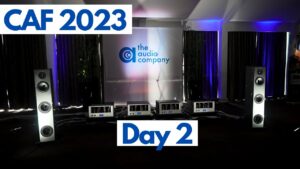
Capital Audio Fest 2023 | Day 2 Show Report
- Nov 17, 2023



















